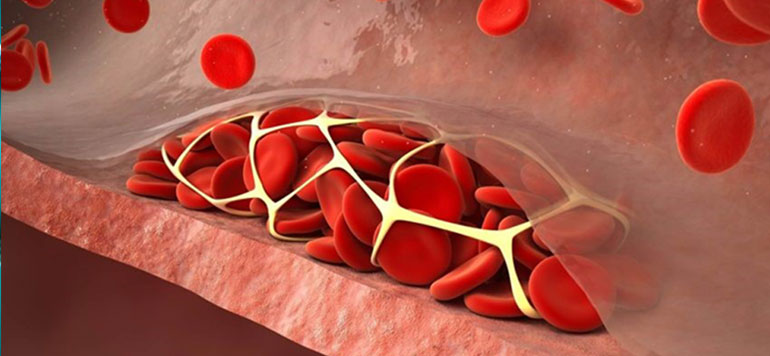Venous thromboembolism (VTE), especially hospital-acquired VTE, is increasingly recognized in pediatric patientsas a complication of contemporary health care.Majority of pediatric VTE occurs in the tertiary care hospitals, where more intensive medical interventions with increased awareness and recognition can be provided. The incidence of VTE in hospitalized children has increased dramatically and is thought to affect approximately 1 in every 200 hospitalized children. The rise in VTE is largely attributed to increased use of invasive support of critically ill patients, especially with the use of central venous access devices, which can lead to line-related VTE, and the improved survival of patients with complex medical conditions.

VTE including deep vein thrombosis (DVT) and pulmonary embolism (PE) usually develops as a secondary complication of underlying clinical conditions such as venous catheterization, malignancy, infection/sepsis, congenital heart disease, trauma/surgery, and inherited or acquired thrombophilia, all of which act as risk factors for VTE in children and adolescents.
Timely diagnosis, treatment, and optimal prophylactic strategies for VTE in children are critical to avoid long-term complications.Recent efforts have been made to better understand aspects of VTE in this patient population including risk factors for development of thrombosis, therapeutic outcomes, risks for recurrence, and long-term prognosis as these may differ from those in adult patients.
When considering treatment options in children, it is important to consider ways in which use of anticoagulants in paediatric patients may differ from adults. As outlined in the American College of Chest Physicians CHEST Guidelines for “Antithrombotic Therapy in Neonates and Children,” some of these important differences include (1) “epidemiology of thromboembolism in paediatric patients differs from that seen in adults,” (2) “hemostatic system is a dynamic, evolving entity that likely affects not only the frequency and natural history of thromboembolism in children but also the response to therapeutic agents,” (3) “distribution, binding, and clearance of antithrombotic drugs are age dependent,” (4) “limited vascular access reduces the ability to effectively deliver some antithrombotic therapies and can influence the choice of antithrombotic agent,” (5) “specific paediatric formulations of antithrombotic drugs are not available, making accurate, reproducible dosing difficult,” and (6) “dietary differences make the use of oral vitamin k antagonists particularly difficult” (2). With these considerations in mind, this article focuses on therapeutic options for VTE in children, which are important in order to optimize care and outcomes in this cohort.
The goals of treatment of paediatric VTE overlap with those of adult patients. The initial goal of anticoagulation is to halt clot progression. With the initiation of parenteral or enteral anticoagulation, clot stabilization will typically occur, thus preventing a thrombus from expanding in length to involve additional venous segments, or expanding in circumferential diameter. Use of conventional anticoagulants will not cause clot breakdown, rather the body relies on its endogenous fibrinolytic system to dissolve the thrombus. Another important goal of treatment of VTE is the prevention of embolization of the thrombus from its original site to areas such as the lungs or central nervous system. With use of anticoagulation, an additional goal is prevention of VTE recurrence.
LMWH (Low Molecular Weight Heparin) and Warfarin are being used for longer time but recently in 2021, the US FDA approved Dabigatran, a direct oral anticoagulant (DOAC), for treatment of venous thrombosis and thromboembolism (VTE) in children ≥3 months. It Has similar efficacy and bleeding risk compared with LMWH and Warfarin.DOACs are an attractive option since they are orally administered and do not require drug monitoring.Now a days , dabigatran should be used for treatment of VTE in adolescents, after at least five days of initial parenteral therapy. For children ages 2 to 11 years, either a DOAC or LMWH is acceptable. For infants and children <2 years, the efficacy and safety of DOACs remain uncertain, hence LMWH should be used.
Given the increasing incidence of VTE in pediatric patients, it is crucial to understand treatment options for VTE including ways in which the hemostatic system and anticoagulant dosing and monitoring are different in this cohort as compared to adult patients.